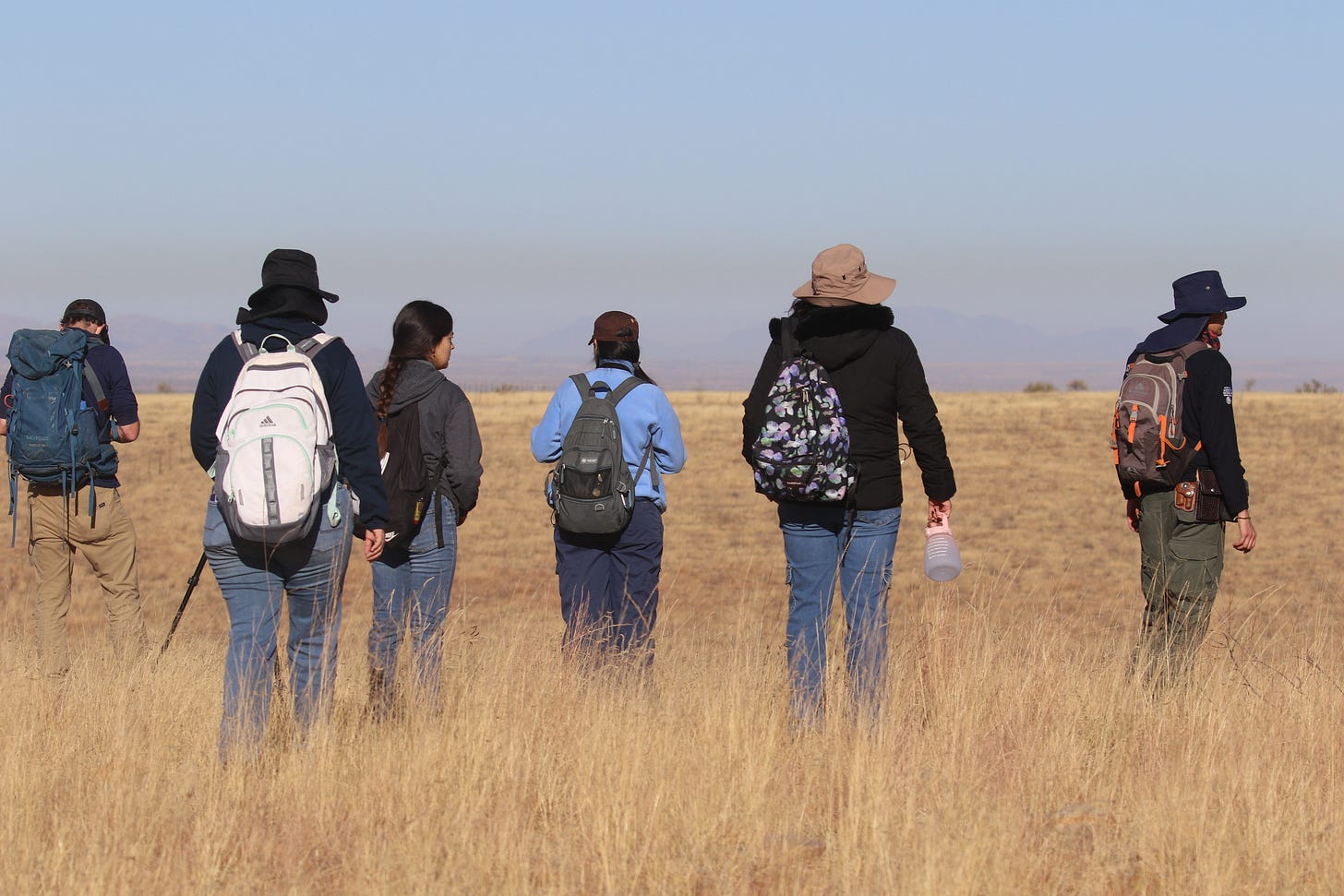Searching for Sparrows in the Sky Islands
The grasslands of Sonora, Mexico, haven’t seen bird counts in 15 years. Now, ranchers and biologists are teaming up to assess, and protect, North America's avian diversity.
This story is co-published with High Country News.

On a hillside above an oak-lined wash, 25 miles south of the U.S.-Mexico border in the state of Sonora, a norteño ballad t…
Keep reading with a 7-day free trial
Subscribe to The Border Chronicle to keep reading this post and get 7 days of free access to the full post archives.

